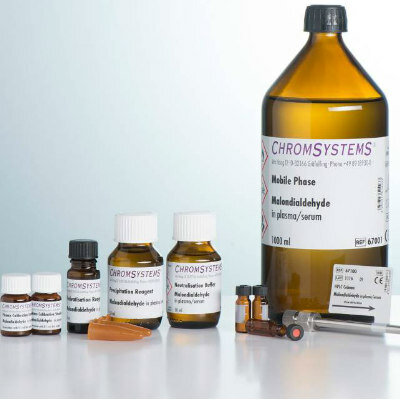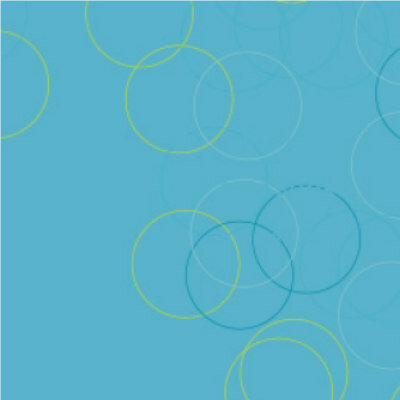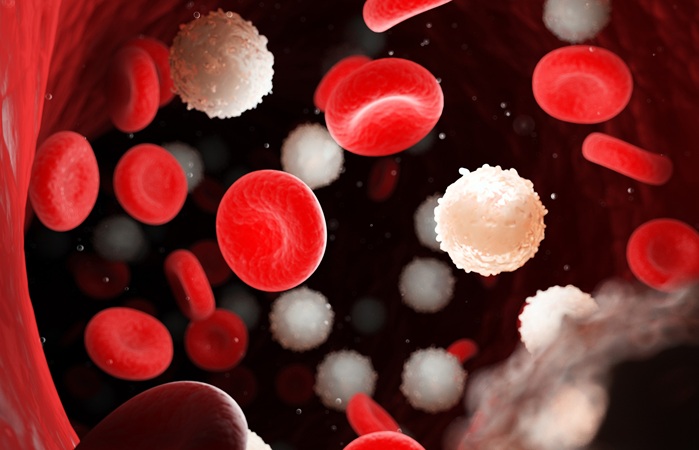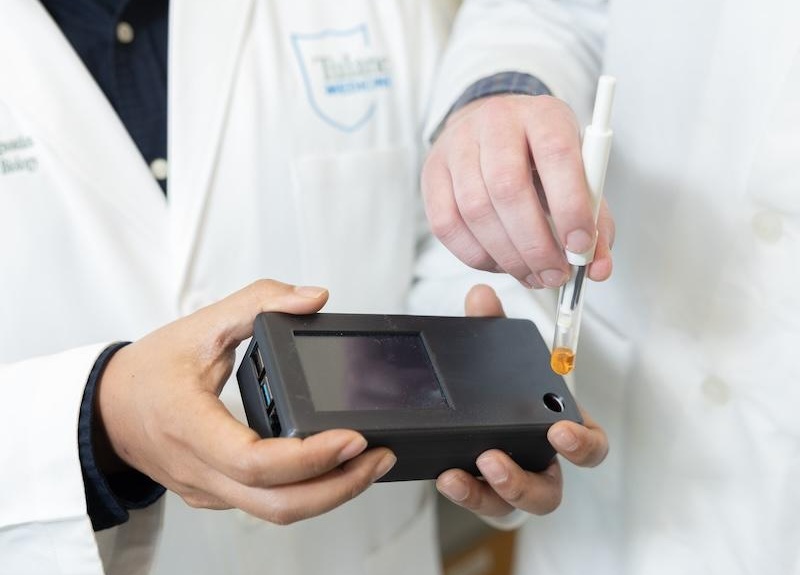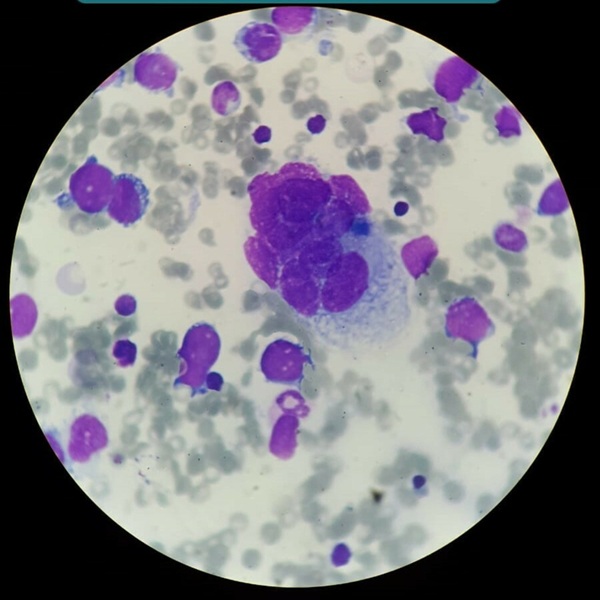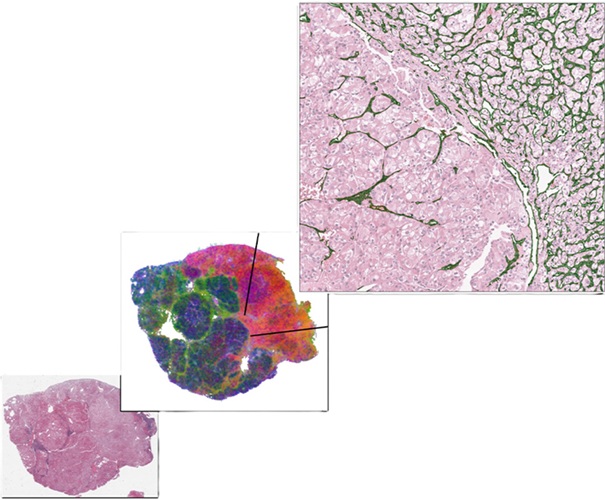Precision Tracking of Samples Enabled at Low Temperatures
|
By LabMedica International staff writers Posted on 28 Feb 2012 |

Image: Each vial is tagged with a unique RFID identifier. The RFID tag is integrated into the vial – it cannot be removed, or fall off inadvertently (Photo courtesy of Biotillion).
A new solution enables real-time (RT) precision tracking of samples in situ at low temperatures.
Difficulties in tracking samples are due to the inability to locate automatically the samples, as well as a lack of robust connection between the physical sample and archiving software. The task is further complicated at ultra low temperatures.
The ColdTrack platform was designed to solve these problems. The platform enables electronic tracking by associating a unique electronic tag with each sample, enabling fast mapping of sample boxes.
Tens of millions of new biological samples are collected and stored annually by pharmaceutic companies, universities, hospitals, diagnostic testing and research centers, national genetic databases, and forensic laboratories.
BioTillion (Skillman, NJ, USA), a privately held company, introduced the ColdTrack platform at the SLAS 2012 meeting in San Diego (CA, USA), which was held in February 2012.
Each ColdTrack sample vial has unique radio frequency identification (RFID) tag that cannot be changed or replicated in another, and contains user-defined data that may be modified by a user. The RFID-tagged vials survive exposure to a wide range of temperatures: from liquid nitrogen temperatures (-196 °C) up to the maximum operating temperature of the vial (121 °C) without loss of data or functionality.
A freezer box is mapped by placing the box containing one or more ColdTrack vials on a BoxMapper. The BoxMapper can map the contents of an 81-sample freezer box in about a second. The reader is connected to a computer using a USB cable.
The BoxMapper is integrated with a group of laboratory information-management systems (LIMS) packages. The details of the CDR-LIMS interaction is slightly different for each LIMS package but in all cases the box contents are transferred to the LIMS program automatically so that the user does not need to enter vial IDs or box locations.
Related Links:
BioTillion
SLAS 2012 meeting
Difficulties in tracking samples are due to the inability to locate automatically the samples, as well as a lack of robust connection between the physical sample and archiving software. The task is further complicated at ultra low temperatures.
The ColdTrack platform was designed to solve these problems. The platform enables electronic tracking by associating a unique electronic tag with each sample, enabling fast mapping of sample boxes.
Tens of millions of new biological samples are collected and stored annually by pharmaceutic companies, universities, hospitals, diagnostic testing and research centers, national genetic databases, and forensic laboratories.
BioTillion (Skillman, NJ, USA), a privately held company, introduced the ColdTrack platform at the SLAS 2012 meeting in San Diego (CA, USA), which was held in February 2012.
Each ColdTrack sample vial has unique radio frequency identification (RFID) tag that cannot be changed or replicated in another, and contains user-defined data that may be modified by a user. The RFID-tagged vials survive exposure to a wide range of temperatures: from liquid nitrogen temperatures (-196 °C) up to the maximum operating temperature of the vial (121 °C) without loss of data or functionality.
A freezer box is mapped by placing the box containing one or more ColdTrack vials on a BoxMapper. The BoxMapper can map the contents of an 81-sample freezer box in about a second. The reader is connected to a computer using a USB cable.
The BoxMapper is integrated with a group of laboratory information-management systems (LIMS) packages. The details of the CDR-LIMS interaction is slightly different for each LIMS package but in all cases the box contents are transferred to the LIMS program automatically so that the user does not need to enter vial IDs or box locations.
Related Links:
BioTillion
SLAS 2012 meeting
Latest Technology News
- Advanced Predictive Algorithms Identify Patients Having Undiagnosed Cancer
- Light Signature Algorithm to Enable Faster and More Precise Medical Diagnoses
- Disposable Microchip Technology Could Selectively Detect HIV in Whole Blood Samples
- Pain-On-A-Chip Microfluidic Device Determines Types of Chronic Pain from Blood Samples
- Innovative, Label-Free Ratiometric Fluorosensor Enables More Sensitive Viral RNA Detection
- Smartphones Could Diagnose Diseases Using Infrared Scans
- Novel Sensor Technology to Enable Early Diagnoses of Metabolic and Cardiovascular Disorders
- 3D Printing Breakthrough Enables Large Scale Development of Tiny Microfluidic Devices
- POC Paper-Based Sensor Platform to Transform Cardiac Diagnostics
- Study Explores Impact of POC Testing on Future of Diagnostics
- Low-Cost, Fast Response Sensor Enables Early and Accurate Detection of Lung Cancer
- Nanotechnology For Cervical Cancer Diagnosis Could Replace Invasive Pap Smears
- Lab-On-Chip Platform to Expedite Cancer Diagnoses
- Biosensing Platform Simultaneously Detects Vitamin C and SARS-CoV-2
- New Lens Method Analyzes Tears for Early Disease Detection
- FET-Based Sensors Pave Way for Portable Diagnostic Devices Capable of Detecting Multiple Diseases
Channels
Clinical Chemistry
view channel
AI-Powered Blood Test Accurately Detects Ovarian Cancer
Ovarian cancer ranks as the fifth leading cause of cancer-related deaths in women, largely due to late-stage diagnoses. Although over 90% of women exhibit symptoms in Stage I, only 20% are diagnosed in... Read more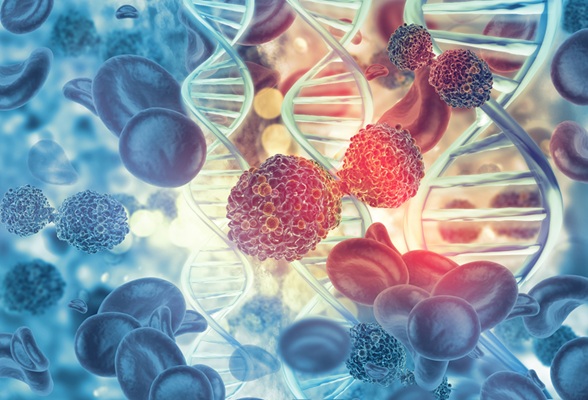
Automated Decentralized cfDNA NGS Assay Identifies Alterations in Advanced Solid Tumors
Current circulating cell-free DNA (cfDNA) assays are typically centralized, requiring specialized handling and transportation of samples. Introducing a flexible, decentralized sequencing system at the... Read more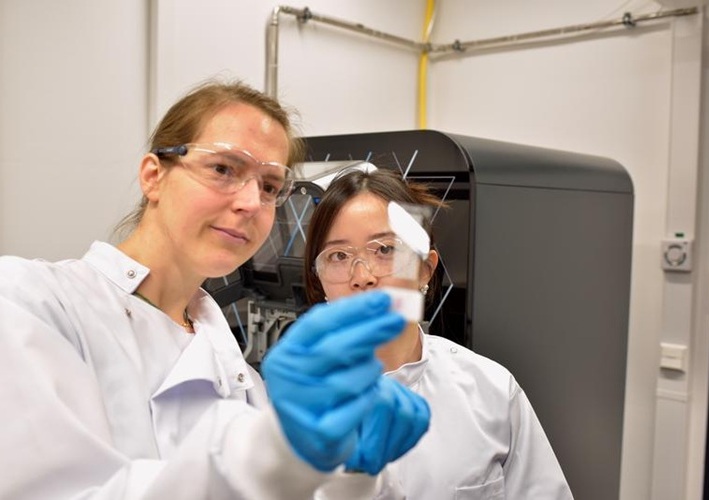
Mass Spectrometry Detects Bacteria Without Time-Consuming Isolation and Multiplication
Speed and accuracy are essential when diagnosing diseases. Traditionally, diagnosing bacterial infections involves the labor-intensive process of isolating pathogens and cultivating bacterial cultures,... Read more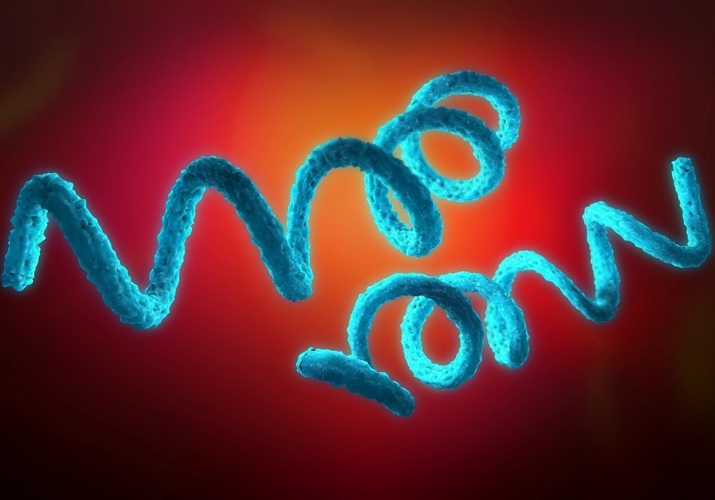
First Comprehensive Syphilis Test to Definitively Diagnose Active Infection In 10 Minutes
In the United States, syphilis cases have surged by nearly 80% from 2018 to 2023, with 209,253 cases recorded in the most recent year of data. Syphilis, which can be transmitted sexually or from mother... Read moreMolecular Diagnostics
view channel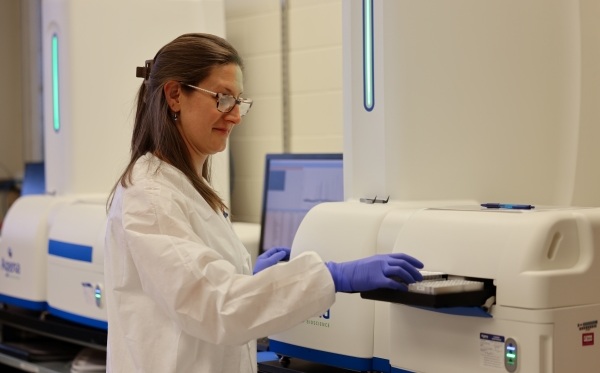
Groundbreaking Molecular Diagnostic Test Accurately Diagnoses Major Genetic Cause of COPD
Chronic obstructive pulmonary disease (COPD) and Alpha-1 Antitrypsin Deficiency (AATD) are both conditions that can cause breathing difficulties, but they differ in their origins and inheritance.... Read more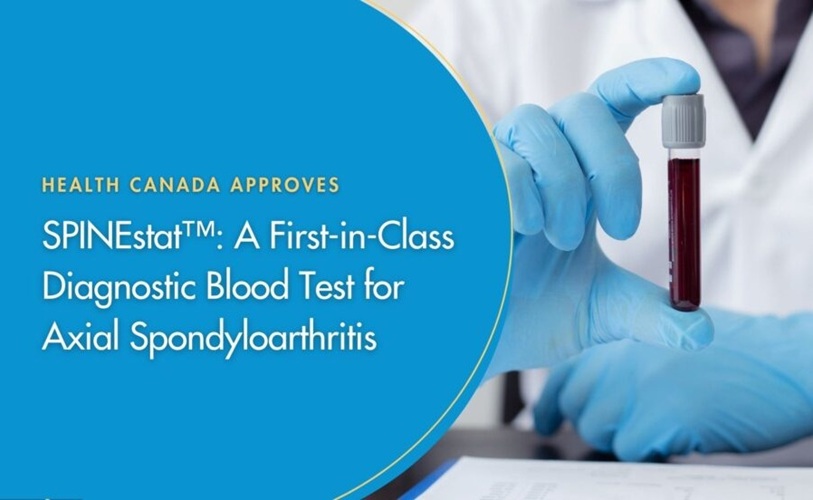
First-in-Class Diagnostic Blood Test Detects Axial Spondyloarthritis
Axial spondyloarthritis (axSpA) is a chronic inflammatory autoimmune condition that typically affects individuals during their most productive years, with symptoms often emerging before the age of 45.... Read more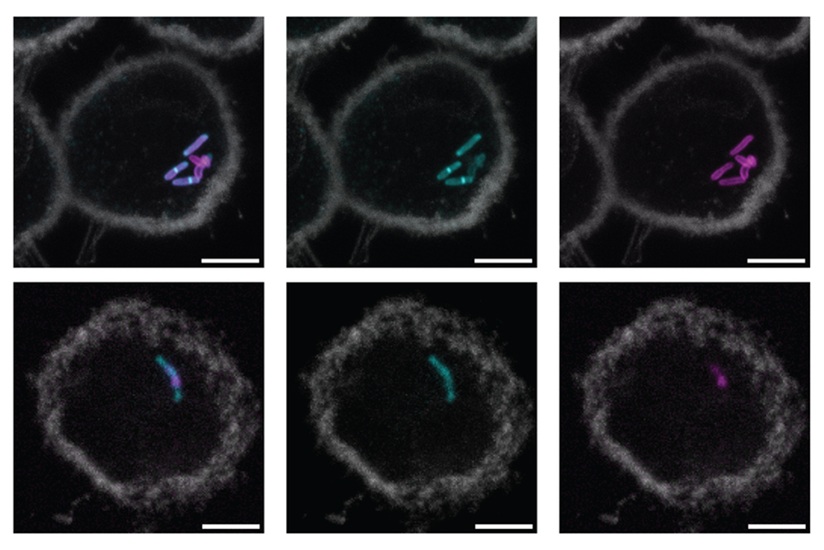
New Molecular Label to Help Develop Simpler and Faster Tuberculosis Tests
Tuberculosis (TB), the deadliest infectious disease globally, is responsible for infecting an estimated 10 million people each year and causing over 1 million deaths annually. While chest X-rays and molecular... Read more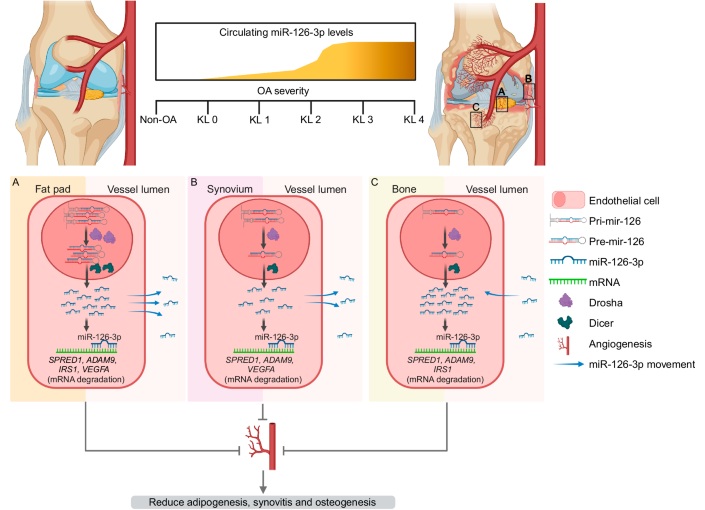
Biomarker Discovery Paves Way for Blood Tests to Detect and Treat Osteoarthritis
The number of individuals affected by osteoarthritis is projected to exceed 1 billion by 2050. The primary risk factor for this common, often painful chronic joint condition is aging, and, like aging itself,... Read moreHematology
view channel
First Point-of-Care Heparin Monitoring Test Provides Results in Under 15 Minutes
Heparin dosing requires careful management to avoid both bleeding and clotting complications. In high-risk situations like extracorporeal membrane oxygenation (ECMO), mortality rates can reach about 50%,... Read more
New Scoring System Predicts Risk of Developing Cancer from Common Blood Disorder
Clonal cytopenia of undetermined significance (CCUS) is a blood disorder commonly found in older adults, characterized by mutations in blood cells and a low blood count, but without any obvious cause or... Read moreImmunology
view channel
Stem Cell Test Predicts Treatment Outcome for Patients with Platinum-Resistant Ovarian Cancer
Epithelial ovarian cancer frequently responds to chemotherapy initially, but eventually, the tumor develops resistance to the therapy, leading to regrowth. This resistance is partially due to the activation... Read more
Machine Learning-Enabled Blood Test Predicts Immunotherapy Response in Lymphoma Patients
Chimeric antigen receptor (CAR) T-cell therapy has emerged as one of the most promising recent developments in the treatment of blood cancers. However, over half of non-Hodgkin lymphoma (NHL) patients... Read moreMicrobiology
view channel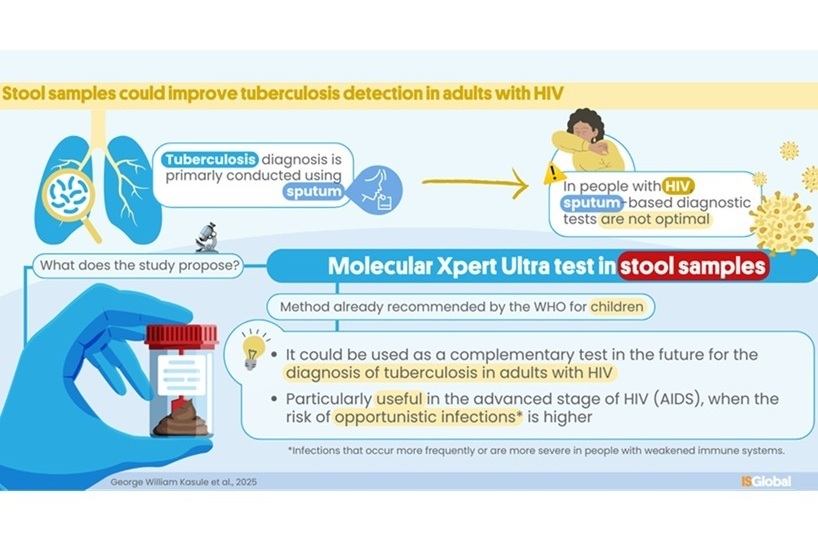
Molecular Stool Test Shows Potential for Diagnosing TB in Adults with HIV
Tuberculosis (TB), caused by the bacterium Mycobacterium tuberculosis, led to 1.25 million deaths in 2023, with 13% of those occurring in people living with HIV. The current primary diagnostic method for... Read more
New Test Diagnoses Bacterial Meningitis Quickly and Accurately
Bacterial meningitis is a potentially fatal condition, with one in six patients dying and half of the survivors experiencing lasting symptoms. Therefore, rapid diagnosis and treatment are critical.... Read morePathology
view channel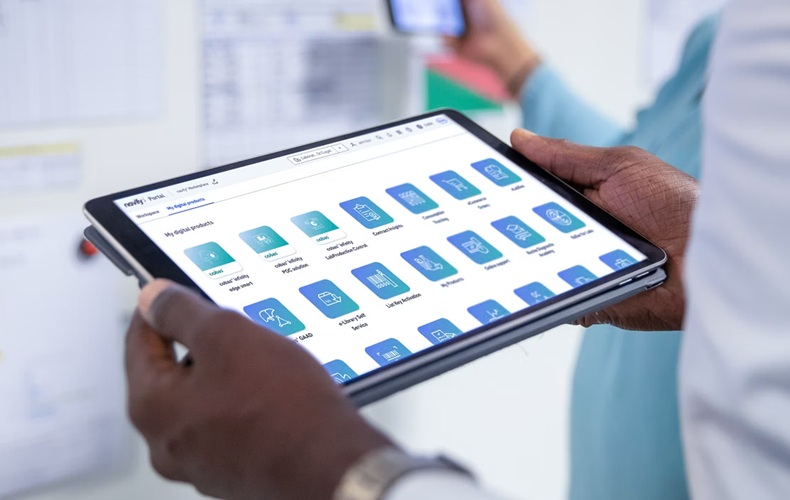
Groundbreaking Chest Pain Triage Algorithm to Transform Cardiac Care
Cardiovascular disease is responsible for a third of all deaths worldwide, and chest pain is the second most common reason for emergency department (ED) visits. With EDs often being some of the busiest... Read more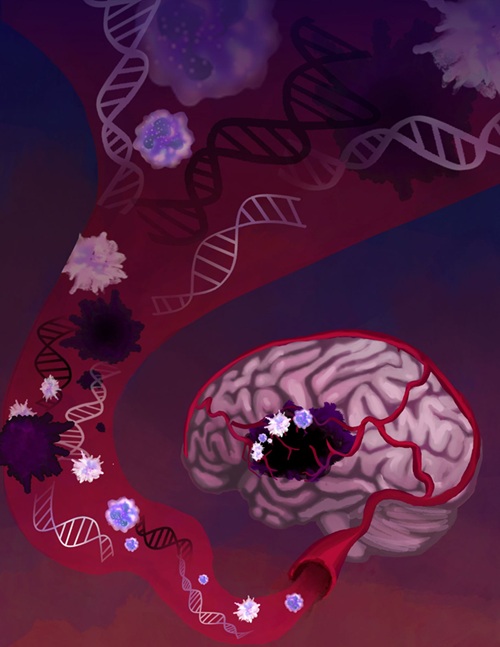
AI-Based Liquid Biopsy Approach to Revolutionize Brain Cancer Detection
Detecting brain cancers remains extremely challenging, with many patients only receiving a diagnosis at later stages after symptoms like headaches, seizures, or cognitive issues appear. Late-stage diagnoses... Read moreIndustry
view channel
Cepheid and Oxford Nanopore Technologies Partner on Advancing Automated Sequencing-Based Solutions
Cepheid (Sunnyvale, CA, USA), a leading molecular diagnostics company, and Oxford Nanopore Technologies (Oxford, UK), the company behind a new generation of sequencing-based molecular analysis technologies,... Read more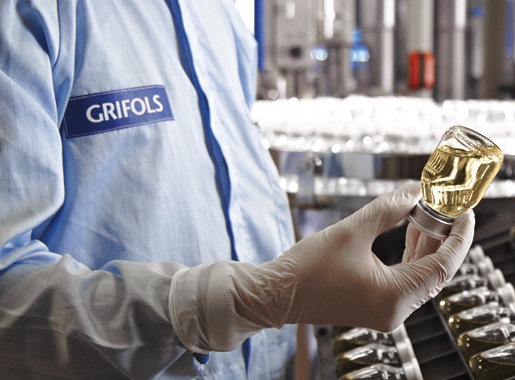
Grifols and Tecan’s IBL Collaborate on Advanced Biomarker Panels
Grifols (Barcelona, Spain), one of the world’s leading producers of plasma-derived medicines and innovative diagnostic solutions, is expanding its offer in clinical diagnostics through a strategic partnership... Read more







